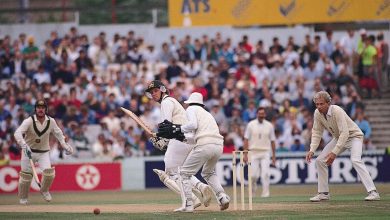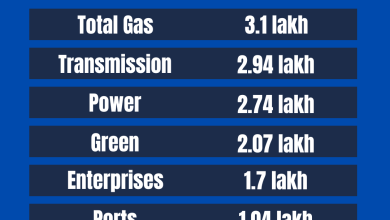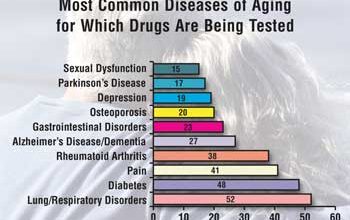Introduction And History of Poland: A Fascinating Journey
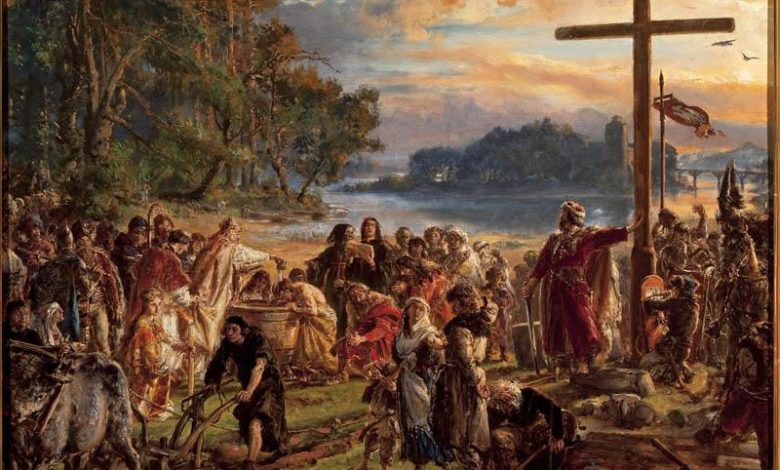
Poland is a country in Central Europe. It has a rich and complex history. This article will take you through Poland’s journey from ancient times to the present day.
Geographical Overview
Poland is located in Central Europe. It shares borders with Germany, the Czech Republic, Slovakia, Ukraine, Belarus, Lithuania, and Russia. The Baltic Sea lies to the north of Poland.
Early History
Poland’s history dates back to ancient times. The first people settled there thousands of years ago. These early inhabitants were hunter-gatherers.
Over time, these groups began to farm. They grew crops and raised animals.
The Piast Dynasty
The Piast Dynasty was the first ruling family of Poland. This dynasty began in the 10th century. The first ruler was Duke Mieszko I.
In 966, Mieszko I converted to Christianity. This event is known as the Baptism of Poland. It marked the beginning of Poland as a Christian nation.
Kingdom of Poland
In 1025, Bolesław I became the first King of Poland. His coronation marked the start of the Kingdom of Poland. The kingdom expanded during this time.
However, Poland faced many challenges. It had to defend its borders from invaders.
The Jagiellonian Dynasty
In 1386, the Jagiellonian Dynasty began. This dynasty ruled Poland and Lithuania. The two countries formed a union.
The Jagiellonian Dynasty was a time of great prosperity. Poland became a major European power.
The Polish-Lithuanian Commonwealth
In 1569, Poland and Lithuania signed the Union of Lublin. This created the Polish-Lithuanian Commonwealth. It was one of the largest and most populous countries in Europe.
The Commonwealth had a unique political system. It was a republic, with an elected king and a parliament called the Sejm.

Credit: www.amazon.com
Partitions of Poland
In the late 18th century, Poland faced internal and external problems. Its neighbors took advantage of this. They divided Poland among themselves in three partitions.
By 1795, Poland ceased to exist as an independent country. It was divided between Russia, Prussia, and Austria.
19th Century and World War I
Poland did not exist as an independent country in the 19th century. However, the Polish people kept their culture alive. They hoped for independence.
After World War I, Poland regained its independence. The Treaty of Versailles in 1919 recognized Poland as a sovereign state.
World War II
World War II was a dark time for Poland. In 1939, Germany invaded Poland. This event started the war.
Poland was occupied by Germany and the Soviet Union. Millions of Poles suffered and died during this time.
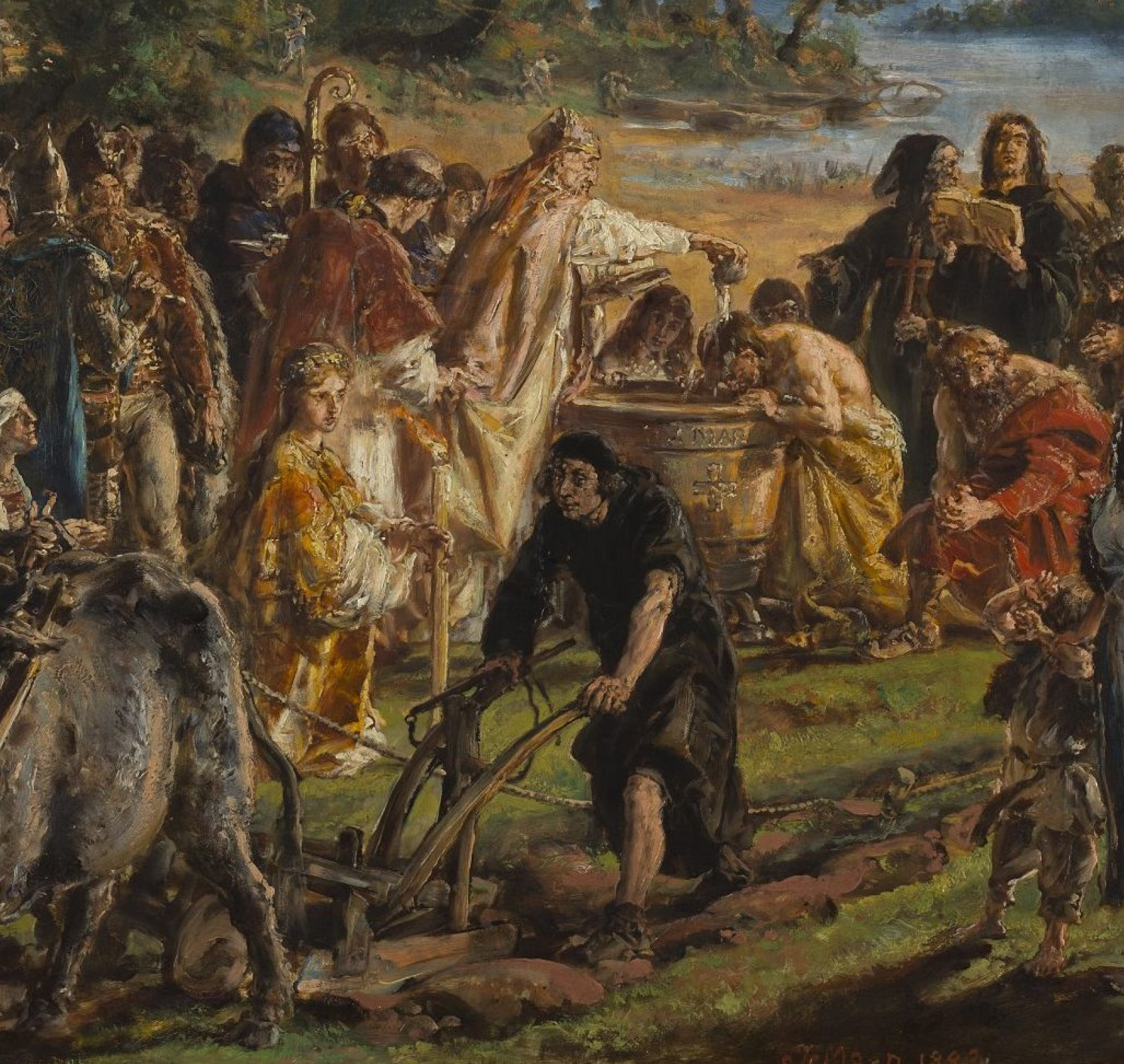
Credit: arthive.com
Post-War Poland
After World War II, Poland became a communist state. It was under the influence of the Soviet Union.
In 1989, Poland transitioned to democracy. The Solidarity movement played a key role in this change.
Modern Poland
Today, Poland is a member of the European Union and NATO. It is a democratic country with a strong economy.
Poland’s rich history is reflected in its culture, architecture, and traditions.
Frequently Asked Questions
What Is The Origin Of Poland’s Name?
Poland’s name comes from the Polans, a Slavic tribe.
When Was Poland First Established?
Poland was first established in 966 AD.
Who Founded The Polish State?
Mieszko I founded the Polish state.
What Is Poland’s Capital City?
Warsaw is the capital city of Poland.
Conclusion
Poland’s history is full of ups and downs. From ancient times to modern days, Poland has faced many challenges. However, it has always persevered.
Today, Poland is a proud and independent nation. Its history continues to shape its present and future.
Summary Table
| Period | Key Events |
|---|---|
| Ancient Times | Early settlers, hunter-gatherers, and farmers |
| Piast Dynasty | Mieszko I, Baptism of Poland, Christianity |
| Kingdom of Poland | First King, Bolesław I, territorial expansion |
| Jagiellonian Dynasty | Union with Lithuania, prosperity, European power |
| Polish-Lithuanian Commonwealth | Union of Lublin, unique political system |
| Partitions of Poland | Division among Russia, Prussia, and Austria |
| 19th Century and WWI | Struggle for independence, Treaty of Versailles |
| WWII | Invasion by Germany, occupation, suffering |
| Post-War Poland | Communist state, influence of Soviet Union |
| Modern Poland | Democracy, EU and NATO membership |
Key Takeaways
- Poland has a rich and complex history.
- It has faced many challenges but always persevered.
- Poland is now a proud and independent nation.


